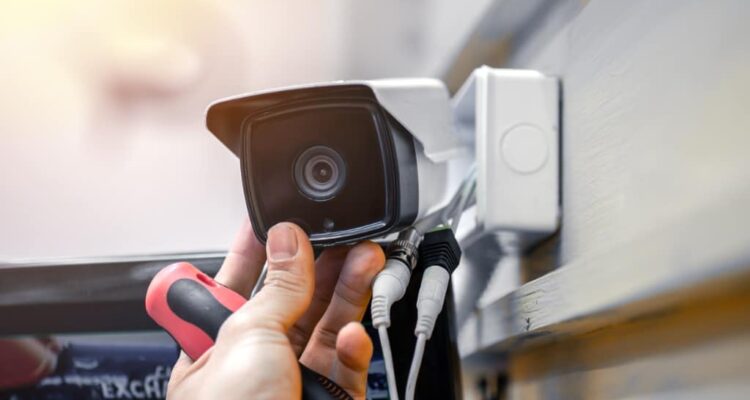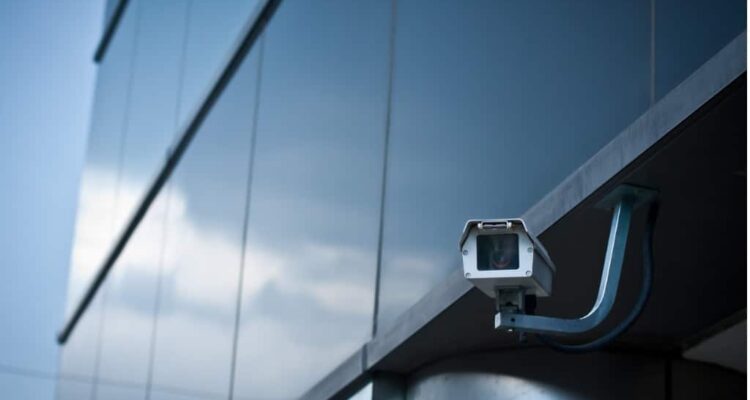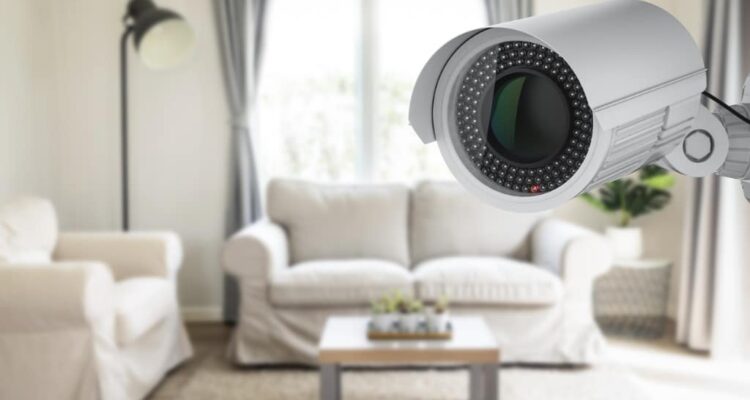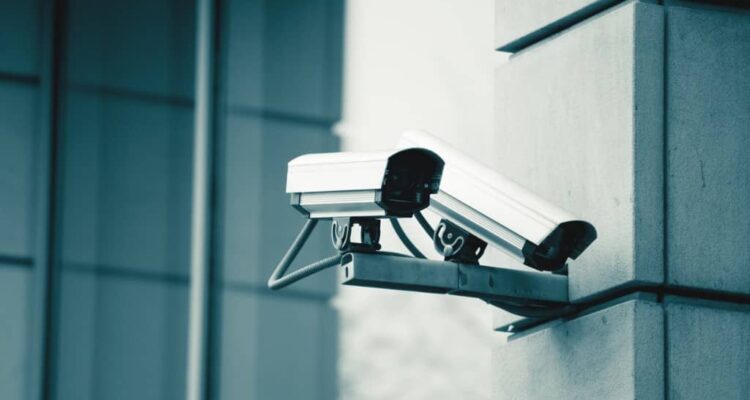Security cameras are an essential component of any residential or commercial security system. However, because…

How to Install Wired Security Cameras
With so many options for your security system, it can be hard to know what you actually need to protect your home. One of the biggest decisions is between wired or wireless cameras. Wired security cameras connect to your network via a hardwired cable, whereas wireless security cameras connect to a network via Wi-Fi. However, wireless security cameras still require a power source.
This blog post will explain the advantages of wired security cameras and why they are a great option for your security system. We’ll also give you some tips about how to install your wired cameras.
Why Choose Wired Over Wireless Cameras?
Wireless cameras have many advantages over wired cameras. They’re easy to install and set up, and you can adjust the camera without a lot of trouble.
You might be wondering why you would choose a wired camera over a wireless one. You have to install wiring to each camera site, which is one of the disadvantages of choosing a wired system. Once your wired camera is installed, you might not be able to move it without changing the wiring. However, we think the benefits of a wired system far outweigh the disadvantages.
The biggest advantage to a wired system is that your cameras won’t go out or become interrupted by a bad signal. They transmit information through the wiring, so you have clear audio and video regardless of the signal. Wireless cameras rely on your router and Wi-Fi signal. If your router goes out, you lose the signal. In bad weather, you may not get a signal.
Wired cameras are also less susceptible to hacking, which makes them the clear winner when it comes to security.
Buying a Wired System
If you’re using a wired system, it’s often more effective to have a professional handle the design and installation. Their experience and knowledge of the industry will ensure you receive a reliable and efficient system designed for your property instead of a simple bundled home security system that may not be what you need.
You’ll need to think about all the components you want to protect your home, as well as a recording device, weather shields for outside cameras, and enough cable to wire the home.
Create an Installation Plan
As mentioned, wired cameras can be difficult to relocate, so before you start buying cameras, you’ll want to determine where you need to place your cameras and which type of camera fits the bill to get the right angles and coverage. Most cameras should be placed higher than 10 feet off the ground without obstructions to give you the best placement.
We recommend sketching out your home and deciding what areas you want to monitor to determine the placement of cameras. When you’re working with wired cameras, you may also want to think about power sources or buying cameras that rely on batteries and where you’ll install wiring to the camera.
You don’t want a lot of extra wires in your décor that detract from the aesthetics of your home. You should also decide where you want the recording device because this will determine how much cable you need.
Mounting Your Wired Security System
Before you begin installation of a wired security system, check to make sure you have enough cable to reach the camera locations. Each camera needs a cable long enough to be plugged into the back of the recording device. Routing the cable can be tricky, especially for cameras that are placed outside or at the other side of the house.
If you are DIY-ing it, you’ll want someone to help you feed the wire through the holes along with a steel fish tape. It can be helpful to have all the cables converge in the attic or garage and then feed them all down to the recording device. You may also want to label the wires so that you don’t forget which camera is attached to which feed.
Mounting the camera itself is much easier. Most cameras come with a template to show you where to drill holes to mount the camera. Use a spade bit to make a bigger hole in the center of the space to feed the cable through. If your camera requires batteries, make sure to install these before mounting the camera. Attach the cable to the camera and secure the camera to the mount. Once the camera is in place, you may need to adjust the angle.
Connect the cameras to the recorder. Make sure each camera is working properly. If you aren’t getting feed from a camera, check that the power source is working correctly and that the cables are securely connected to both the camera and the recorder. Once you have the cameras working correctly, you can make sure the user interface is activated.
3 Reasons to Hire a Professional to Install Your Security System
It’s always a smart idea to enlist a professional to install your security system for you.
- Criminals are getting smarter. You want a home security system that will deter burglars and other threats. A professional company knows how to address vulnerabilities in your system that might put your family at risk. The company can install the right features to keep an eye on your property and give you peace of mind.
- There are hundreds of options. If you’re set on DIY-ing your security system, you’ll have to do some serious research to find the best components and determine the best placement. A professional security company will have the know-how to place your cameras correctly and install your systems quickly.
- Technology is always changing and developing. Security professionals know the latest technologies that will give you an edge in securing your home. You can get a customized system that manages the threats you’re most concerned about.
US Protective Services has decades of experience installing state-of-the-art residential security systems. We take the guesswork out of protecting your home. Contact us to get more information about our products and services!



